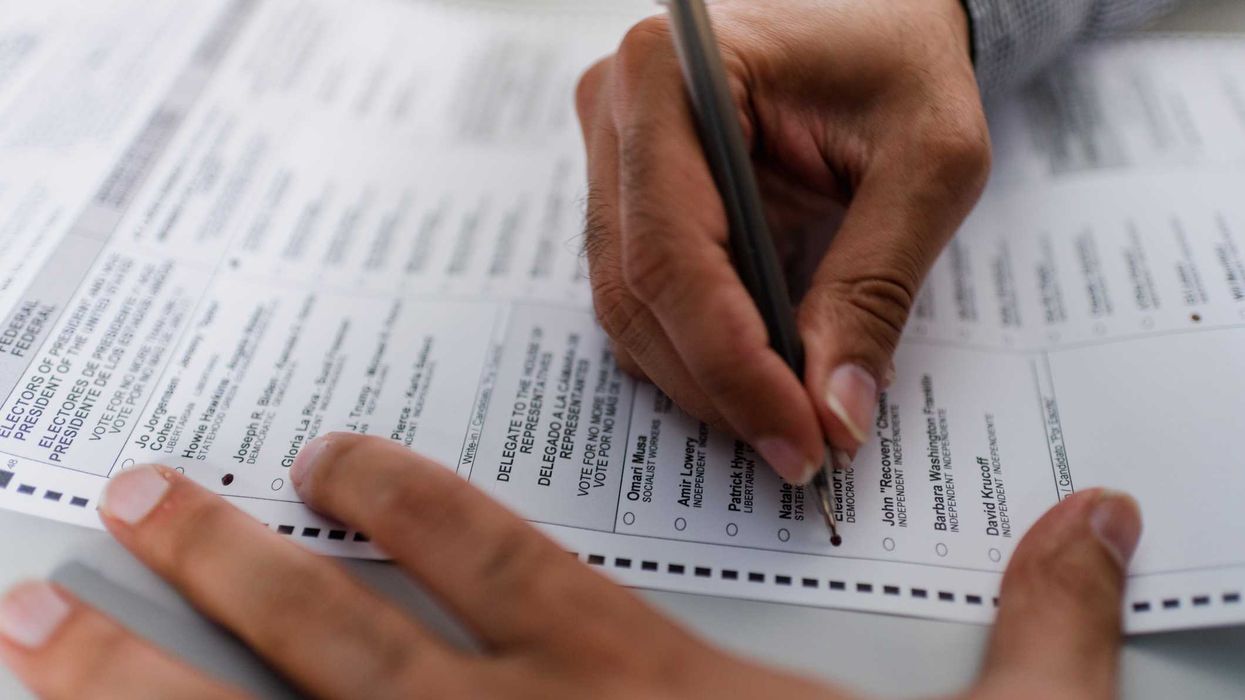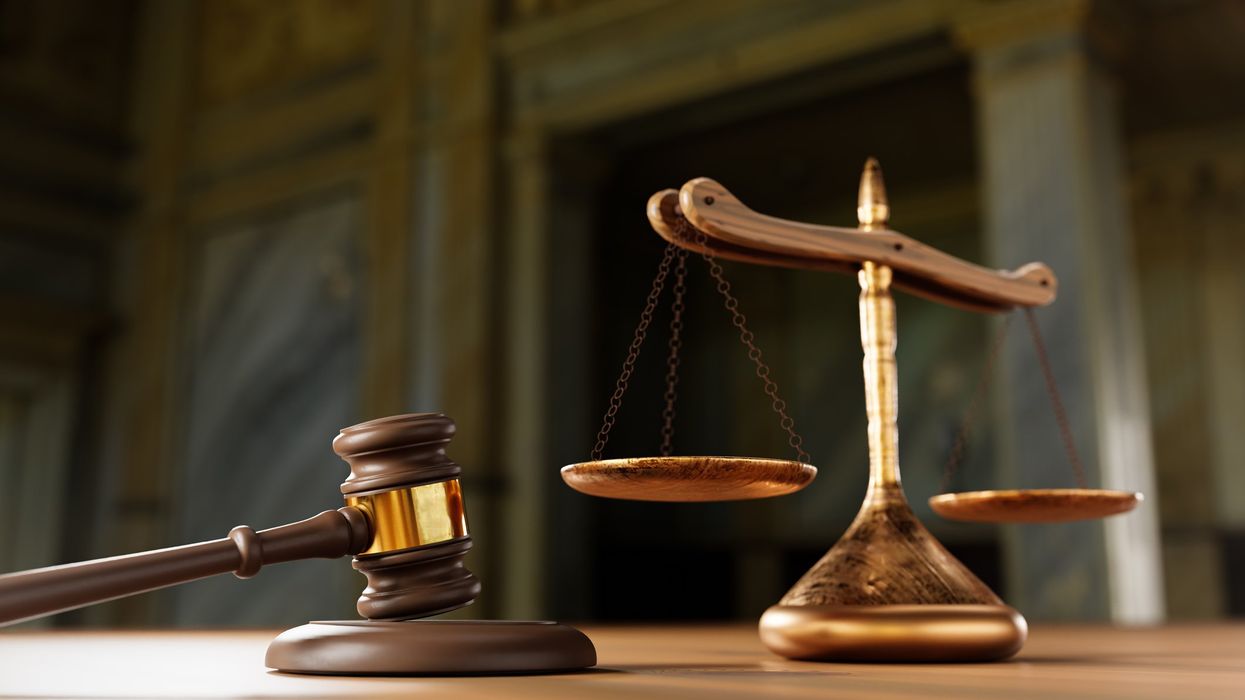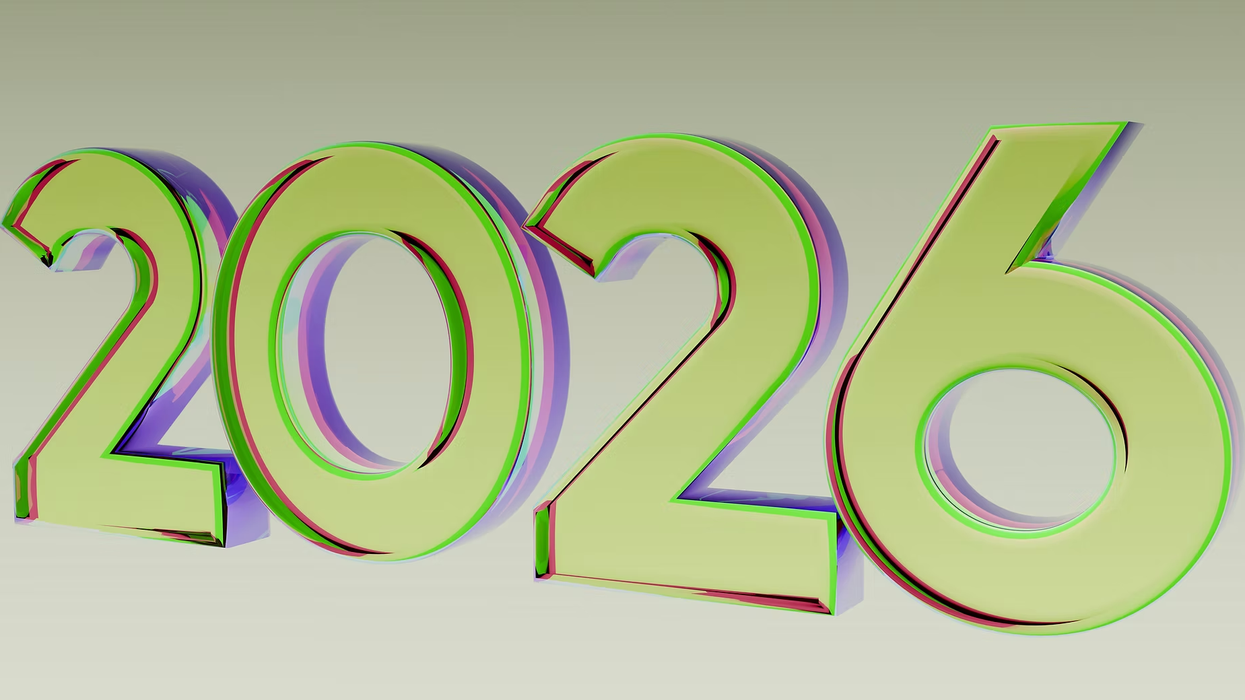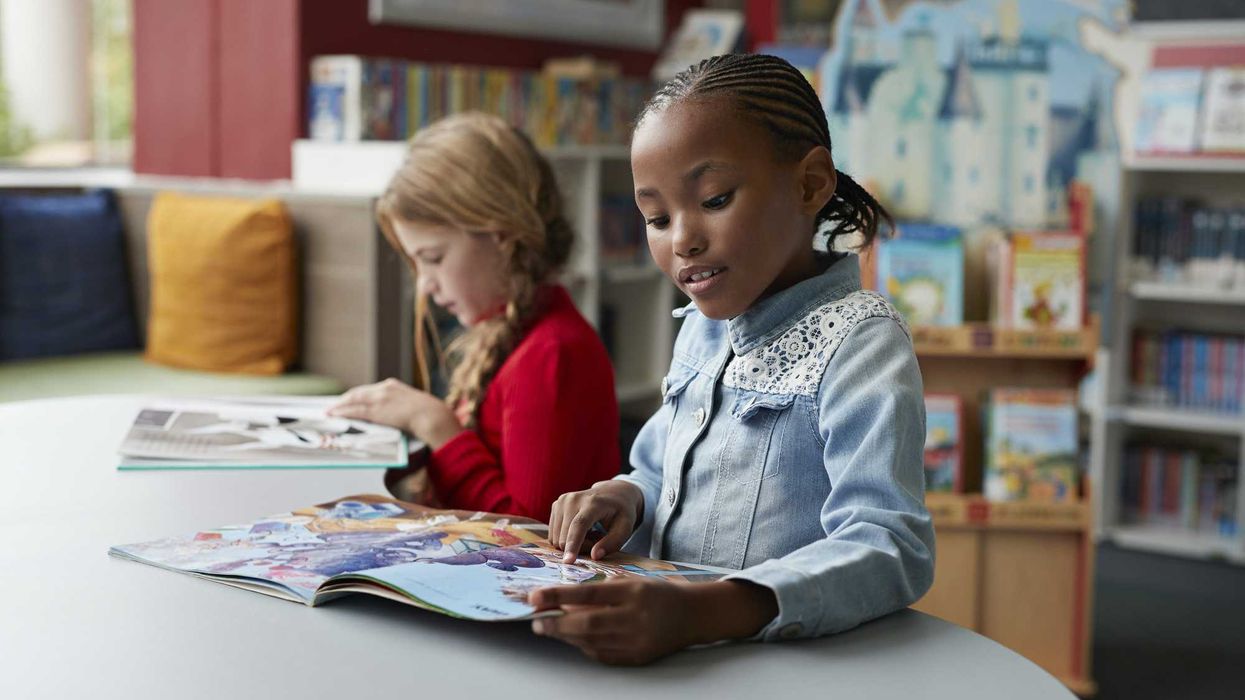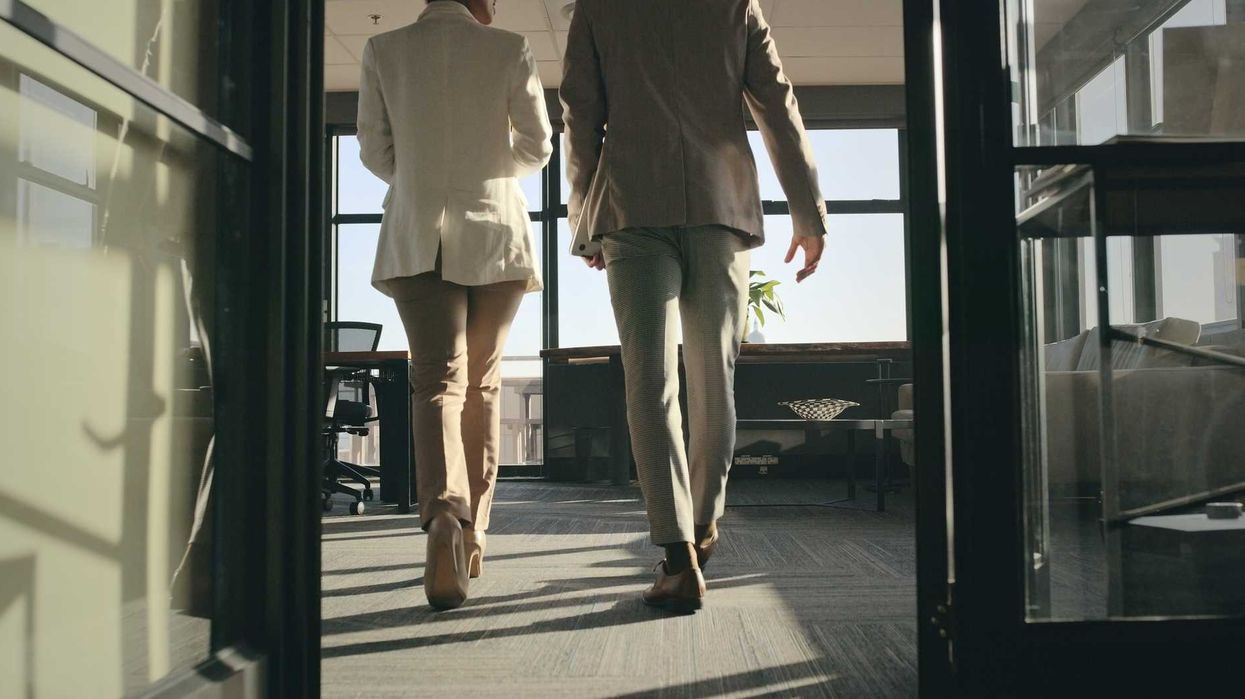Breslin is the Joseph C. Palamountain Jr. Chair of Political Science at Skidmore College and author of “A Constitution for the Living: Imagining How Five Generations of Americans Would Rewrite the Nation’s Fundamental Law.”
This is the latest in a series to assist American citizens on the bumpy road ahead this election year. By highlighting components, principles and stories of the Constitution, Breslin hopes to remind us that the American political experiment remains, in the words of Alexander Hamilton, the “most interesting in the world.”
Something fascinating is happening that hasn’t really happened in a generation. Americans are interested in debating the various methods of constitutional interpretation again, and it’s getting heated.
The resurrected debate began, as it usually does, with the Supreme Court justices themselves. In recent years, the conservative bloc on the court has preferred to interpret the Constitution in ways that, supposedly, remove as much subjectivity and personal predilection from the judge’s toolbox. They’ve called this broad interpretive method (which is actually a variety of methods) by a number of names. Originalism, textualism and traditionalism are the label darlings.
The tether that ties all these approaches to a single methodological genus is the principle that judges are required to go back in time and interpret the Constitution as it was originally intended. For a jurist as historian, the task is to apply the specific words of the text as they were originally understood to any present “case or controversy.” Simple, right? All a judge has to do is figure out what James Madison or John Bingham was thinking and the answers to tough juridical questions will reveal themselves.
Along comes recently retired Supreme Court Justice Stephen Breyer, who takes direct aim at the originalist/textualist methodology in his new book, “ Reading the Constitution: Why I Chose Pragmatism and Not Textualism.” The work is a compelling and at times pleading rebuttal of the dominant conservative position. Breyer believes that the proper way to read and interpret the Constitution is not with a nod to those who drafted the text, but rather with an understanding of the “purposes” of the statutes being evaluated and the “consequences” of the court’s decisions. Look to legislative intent, he says, and be sure to consider the impact of judicial rulings on the lived reality of American citizens.
His take is pragmatic. He understands that lives are impacted by court decisions, and he insists that those consequences should influence a judge’s consideration.
The debate is playing out in real time. Take the high court’s recent abortion ruling in Dobbs v. Jackson Women’s Health Organization. Justice Samuel Alito’s majority opinion is now the primary illustration of the originalist/textualist strain. His insistence that the Constitution does not protect a “right to an abortion” is founded on the simple proposition that such a right is not “deeply rooted in this Nation’s history and tradition.”
“Until the latter part of the twentieth-century,” Alito asserts, “such a right was entirely unknown in American law. Indeed, when the Fourteenth Amendment was adopted, three quarters of the States made abortion a crime at all stages of pregnancy.” No right to an abortion existed at the moment the Fourteenth Amendment was written — 1866 — and states criminalized the practice then. Done! What else do we need to consider? Our job is finished, he concludes. Worrying about access to abortions, especially in red states, Breyer counters that the Dobbs decision was poorly justified, regrettably devious and tragically harmful. Each side is unpersuaded by the other, and the debate rages on.
There is much to explore in the current dispute and perhaps in a future piece I’ll examine some of the misunderstandings that make it so captivating — not the least of which is that Breyer conflates two very different interpretive approaches: Originalism, a la Justice Antonin Scalia, compels the judge to apply the words of the text as they were originally understood, whereas true textualism, a la Justice Hugo Black, insists that jurists apply the present but literal definition of the Constitution’s language. Very different.
But for now, I’ll focus on one aspect of the quarrel that does not get enough airplay: the constitutionally designed role of the federal courts (and in particular the Supreme Court) to safeguard the voice of the voiceless.
It begins with design. The genius of the U.S. Constitution is that each of the federal branches was designed to represent a different constituency. Members of the House of Representatives are tasked with representing local interests. Hence the small constituencies, the short, two-year terms, etc. The Senate, in contrast, is accountable for protecting the interests of the states. That is why senators enjoy longer, six-year terms and are elected by the entire state population. The president is (supposedly) answerable to the full nation. That is why the occupant of the White House is the only political official chosen by the country at large. Indeed, our polity is designed precisely so that the democratic branches of government are rightly attuned to the local, state and national majorities.
That leaves the federal courts, the branch of government made up of life-tenured and fixed-salaried judges, the branch of government supposedly shielded from political influences. What is its responsibility? What is its constitutionally assigned constituency?
The voiceless.
Majority interests are protected through the electoral process and by the three institutions — the House, the Senate, and the presidency. The only constituency not protected by them are minorities or, to be more precise, those who don’t have an adequate voice in the political process. We’re talking racial minorities, immigrants, the disabled, LGBTQ+, women (who hold disproportionately less political power than their numbers suggest), even electoral losers. What do they have in common? They have no voice in the political process and they need the unelected, countermajoritarian judiciary to be that voice. To be sure, members of minoritized identity groups still have a hard time winning elections. Their issues rarely prevail in state and federal legislatures made up of late-middle-aged white men.
The court’s main custodial duty is thus simple: Keep a watchful eye on any majority bent on trampling the rights of the minority. That is why federal judges can only be removed from the bench by impeachment; that is why Congress can never reduce their salaries. Federal judges are sheltered from the political process precisely because they are the watchdog of the majority. They hold their jobs to protect the voiceless.
If we keep this constitutionally designed judicial role in mind, the debate’s more convincing position surfaces. The originalists/traditionalists are, by definition, deaf to the voiceless because their jurisprudence is built on the primacy of an illiberal time. Only propertied white men had any voice through much of American history. Alito can accurately claim that there was no constitutionally endorsed right to an abortion in 1866, but shouldn’t he account for the fact that women didn’t enjoy even the most basic rights then? In his words, “when the Fourteenth Amendment was adopted, three quarters of the States made abortion a crime at all stages of pregnancy.” Isn’t it possible that abortion was a crime then because white men were the only lawmakers, and thus the only judge and jury? Breyer’s pragmatism, it seems to me, has Alito’s originalism/traditionalism morally beat.
The Constitution’s Preamble is still America’s greatest roadmap and it urges us to strive for “a more perfect Union.” A “more perfect union” surely includes the voiceless.







